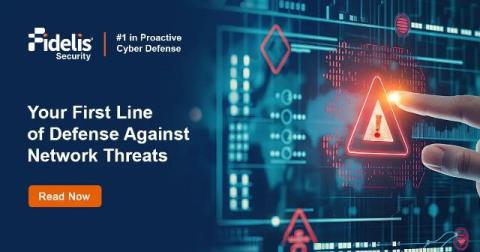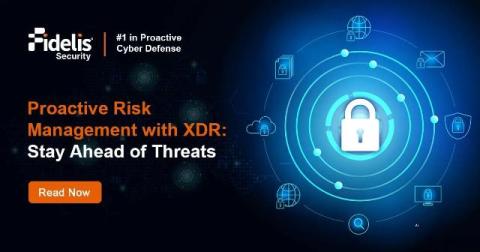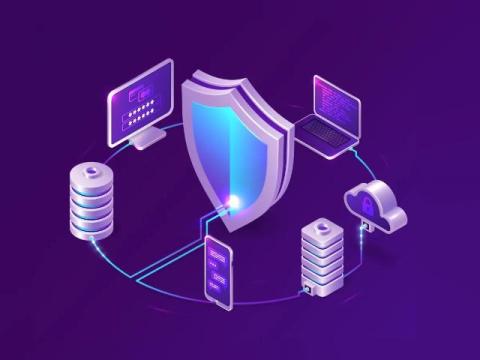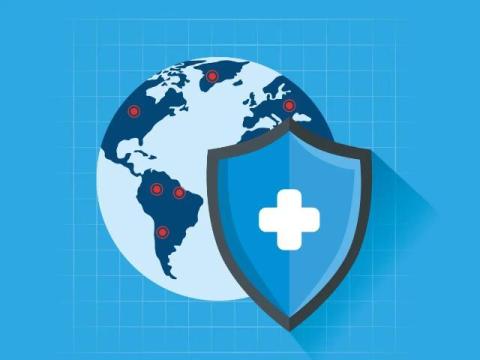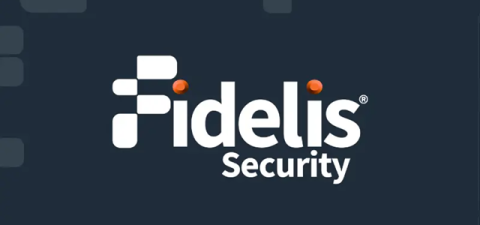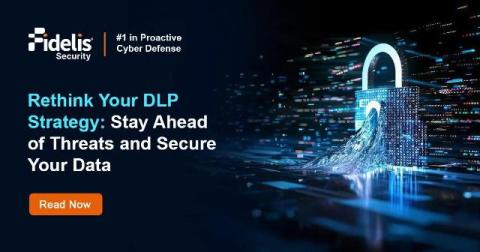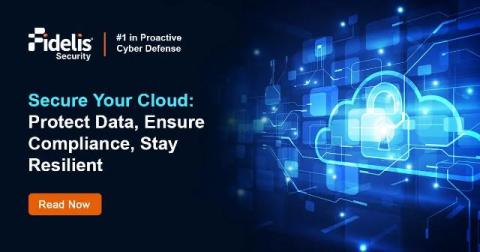Building a Resilient Network Defense with Network Based Intrusion Detection Systems
Network based Intrusion Detection System (NIDS) is an important layer of security in the cybersecurity world. It essentially acts as a proactive guard, constantly scrutinizing network traffic activity — watching the data packets that travel across your devices for patterns that suggest signs of unauthorized access and other malicious behavior.


